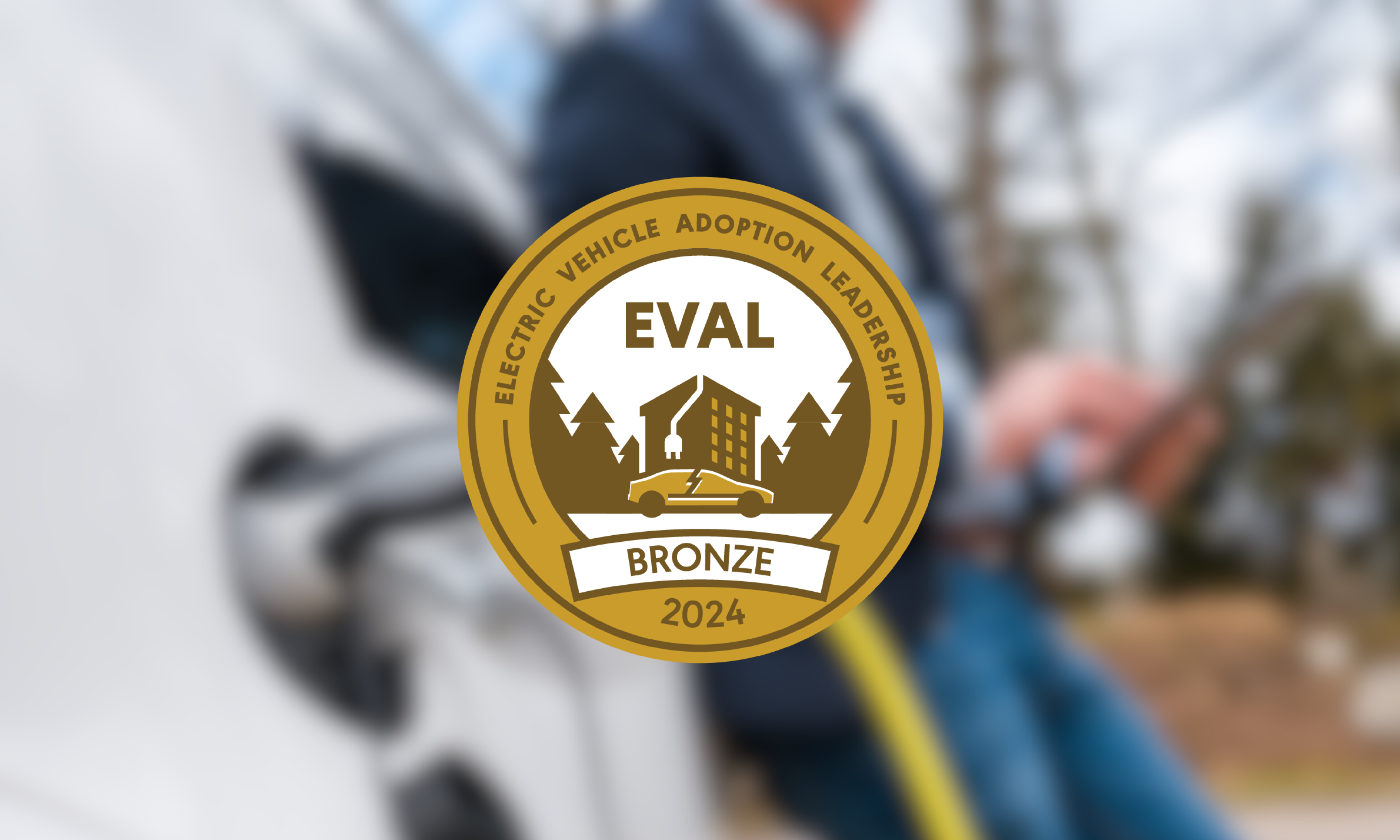Almost no one has been pushing for plug-in hybrids longer than the two guys behind CalCars.org — Felix Kramer and Ron Gremban. They recently took delivery of their new Chevy Volts and brought them to Luscious Garage in San Francisco for show-and-tell at the monthly meeting of the San Francisco Electric Vehicle Association. (Kramer also has ordered a Nissan Leaf EV.) Carolyn Coquillette, owner of Luscious, was kind enough to put Kramer’s Volt up on one of her lifts so folks could see the Volt’s underside. A third new Volt owner, Jeff Nisewanger, joined the fun by bringing his red Volt too.
After the first few weeks of driving, word is that they’re getting the anticipated 100+ miles per gallon in most daily driving, as they had been getting in their Prius+ plug-in hybrid conversions. Except now they’re in a much better plug-in hybrid with an 8-year, 100,000-mile warranty.
None of the new plug-in vehicles are perfect, of course. No car is. One of the main things automakers missed so far in all of them is a way for the driver to ascertain the exact percentage of charge left in the battery pack. The Volt doesn’t tell you (GM probably figured the driver doesn’t care all that much because of the gas engine to fall back on). The Leaf shows a silly display of leaves to represent the electricity left in the car (more leaves = more charge). I’ve heard that the upcoming Ford Focus EV will be even sillier, showing butterflies to represent the state of charge. Oy. Just give us the percentage, please!
But them’s itty bitty potatos that will work themselves out in future models, I believe. Meanwhile, it was a festive day at the SFEVA, a bit of which I captured on video.

